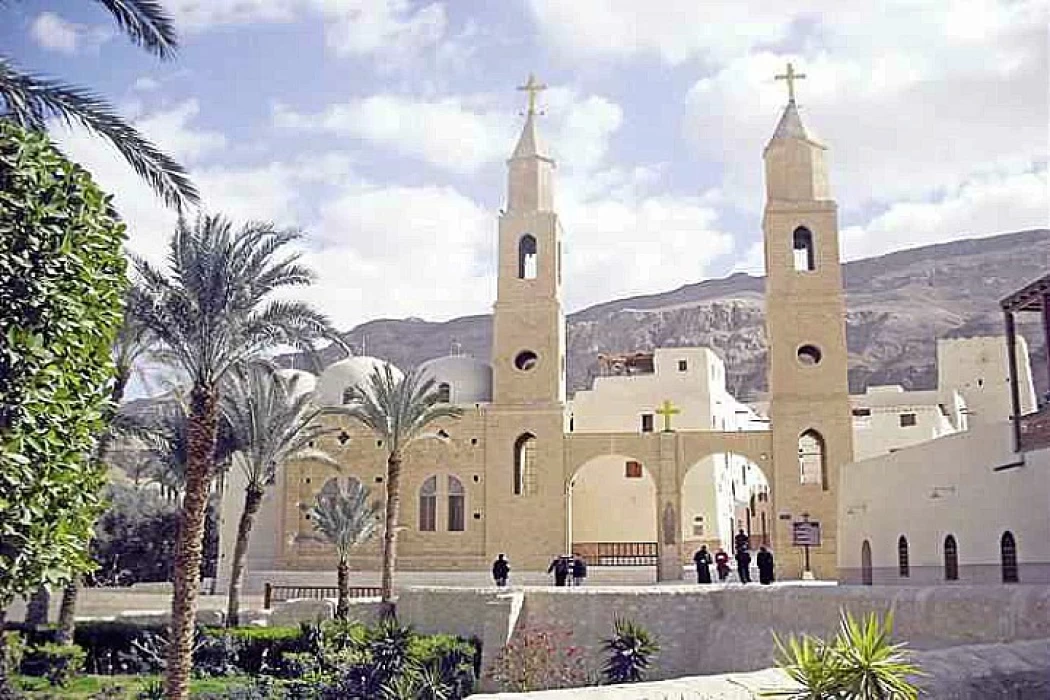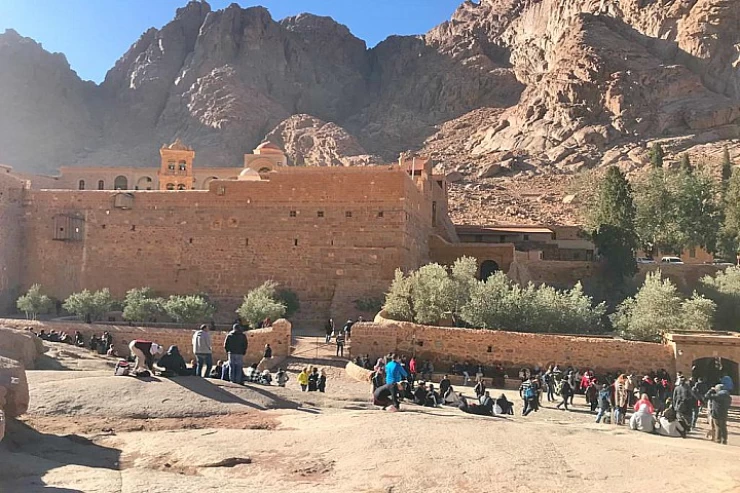
Monasteries of the Red Sea: A Spiritual and Historical Haven
Exploring Egypt's Spiritual Legacy: St. Anthony's and St. Paul's Monasteries
Tucked away in the rugged landscape of Egypt's Eastern Desert, the Monasteries of St. Anthony and St. Paul stand as two of the most important and oldest Christian monasteries in the country. Their origins trace back to the Byzantine era, making them timeless landmarks in the history of monastic life.
St. Anthony's Monastery: The Birthplace of Egyptian Monasticism
St. Anthony's Monastery, located near Ras Gharib, holds the distinction of being the oldest Coptic monastery in Egypt. It marks the beginning of the monastic tradition in the country. According to legend, Saint Anthony, who lived in the 4th century, lost his parents at a young age and decided to retreat into the mountains to live in seclusion, You will find these tours at Egypt Travel Packages ,devoting his life to God. His followers, forbidden from approaching his cave, set up camp at the base of the hill, forming the early foundation of what would become St. Anthony's Monastery. Built shortly after his death, it now stands on the very spot where Saint Anthony was laid to rest.
The monastery is the largest monastic complex in Egypt, featuring numerous churches, chapels, and living quarters. While it once housed many more, today, about 80 monks call it home. For the first time in over a century, the monastery is undergoing expansion, welcoming more Coptic Christians who have chosen to dedicate their lives to spiritual service.
Despite attacks by Bedouins in the 8th century, St. Anthony's Monastery has preserved much of its original structure and spirit. The most iconic building in the complex is the Church of St. Anthony, built over the saint's tomb. The church's interior is adorned with remarkable 13th-century frescoes, which were meticulously restored in the 1990s, showcasing the artistry and devotion of the era.
St. Paul's Monastery: A Hidden Gem of Spirituality
Not far from St. Anthony's, another important spiritual retreat lies in the desert: the Monastery of St. Paul. Located near Zaafarana, this monastery is smaller and more remote, reached by a steep and winding road that adds to its secluded nature. It was built around a cave where the hermit Saint Paul, not to be confused with the apostle Paul, lived in solitude for nearly 90 years during the 4th and 5th centuries. Originally from Alexandria, Saint Paul came from a wealthy family, but at the age of 16, he left behind the comforts of his life to escape Roman persecution and embrace the life of a hermit.
St. Paul's Monastery is surrounded by high walls for protection, but its most distinctive feature is a five-story tower behind the church. This tower, which once served to protect the monks from Bedouin attacks, has a secret channel that supplies water, showcasing the ingenuity of the early monks who lived there.
A Shared Spiritual Path
The two monasteries, though separated by more than 80 kilometers of winding roads, are deeply connected in both history and faith. According to tradition, when Saint Paul died, it was Saint Anthony who made the long journey to bury his fellow hermit. Today, visitors can experience both monasteries in a single day trip from Cairo, exploring the remote yet awe-inspiring landscapes where these early Christian communities first took root.
Whether drawn by the historical significance, the stunning frescoes, or the peaceful seclusion of the desert,you will find these tours at Egypt Day Tours visiting the Monasteries of St. Anthony and St. Paul offers a profound journey into the spiritual heart of Egypt's early Christian history.


















